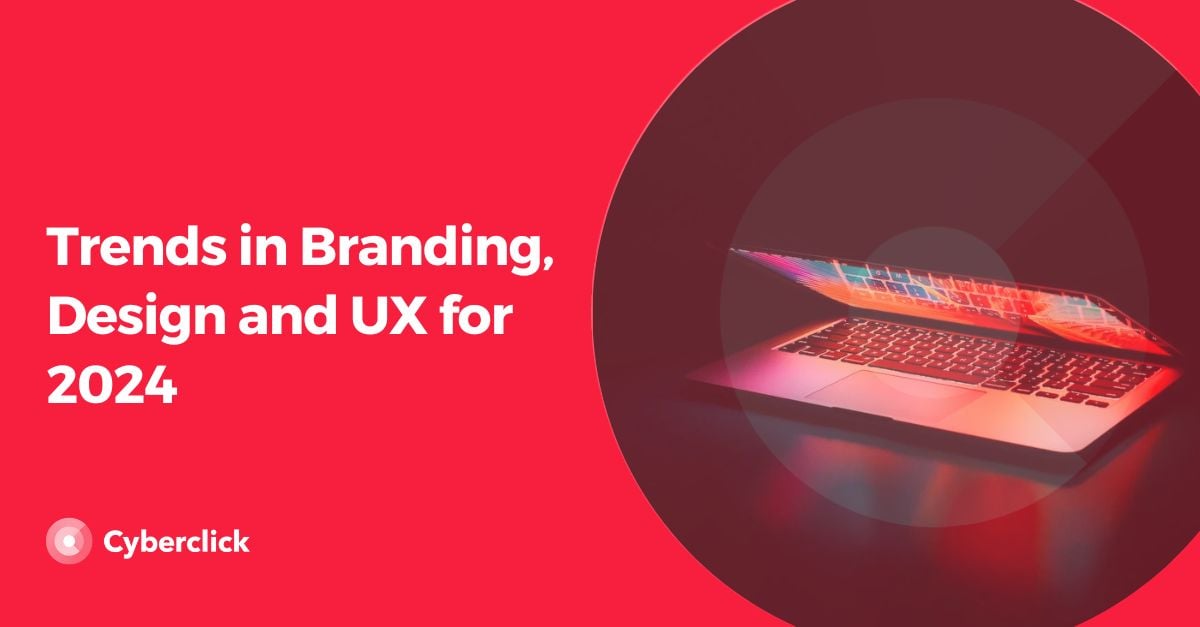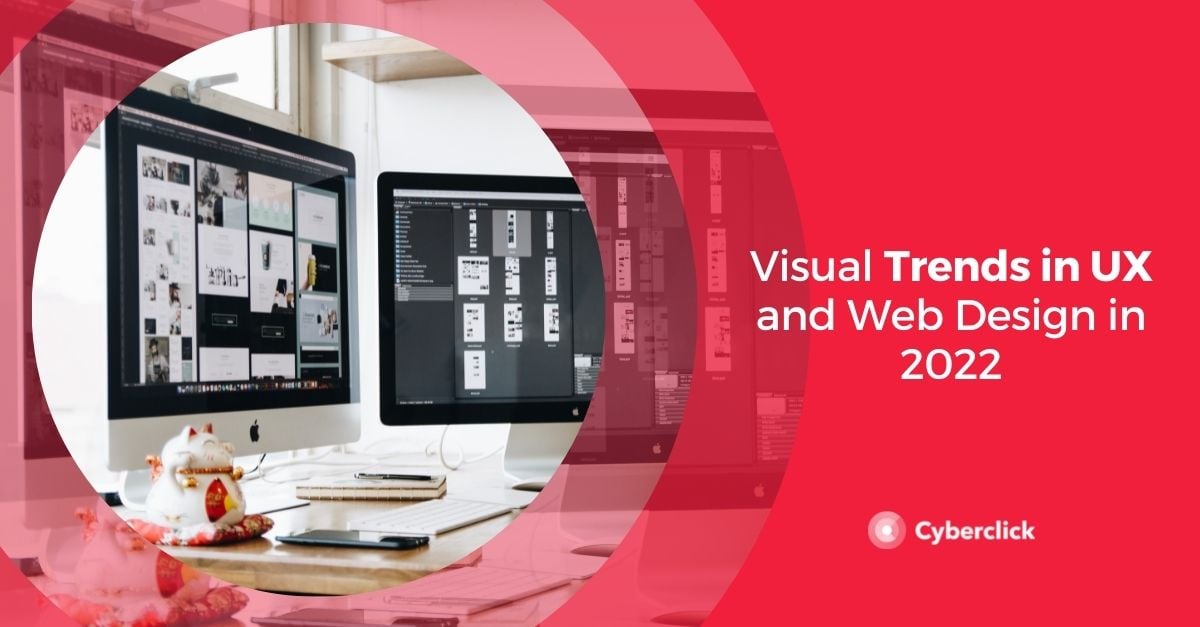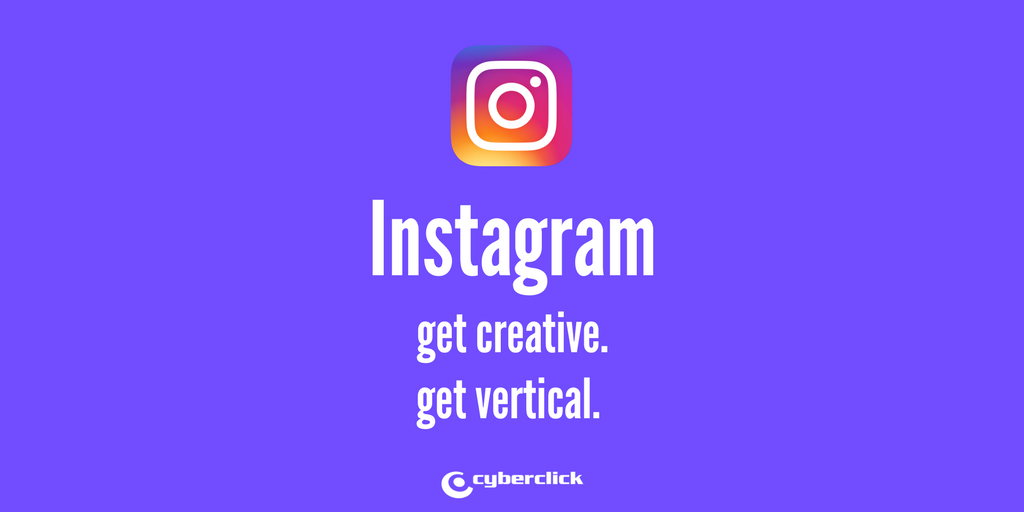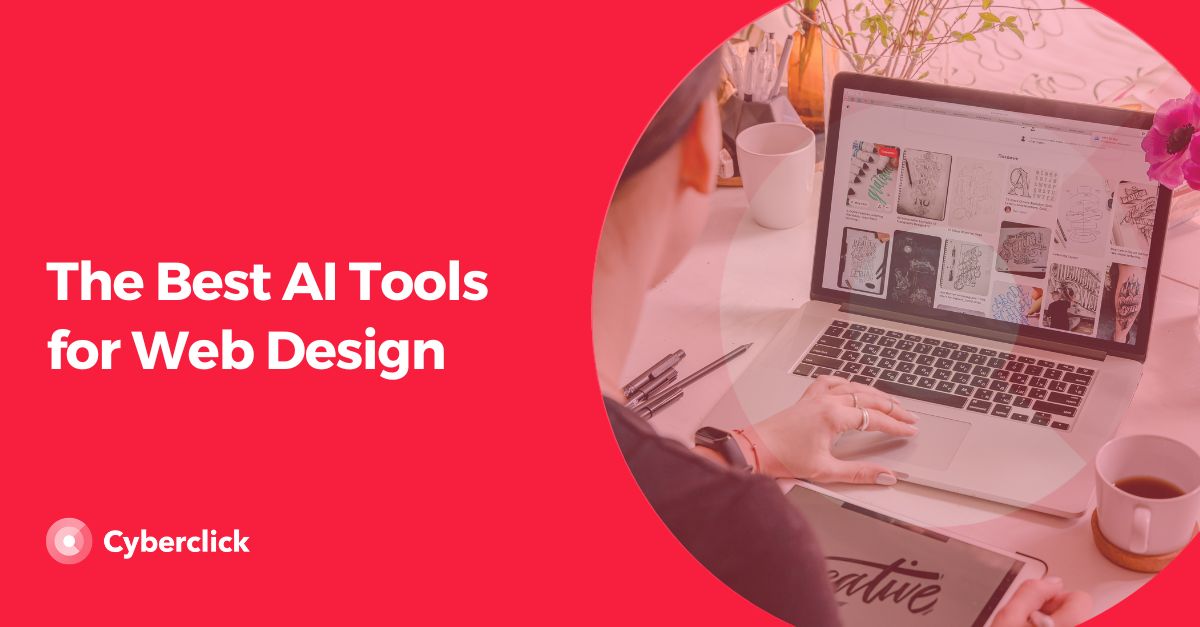The trends in branding, design, and UX for 2024 reflect the evolution of new technologies and user expectations for websites, emphasizing faster loading times, accessibility, immersive experiences, and modular designs. Moreover, companies are anticipated to become more acquainted with artificial intelligence and interactive designs, along with exploring the creative possibilities presented by emerging technologies. To remain at the forefront of digital marketing trends in web design, we outline the key trends for the upcoming year below.

Artificial Intelligence for More Personalization and User Experience Optimization
Artificial intelligence has undergone significant evolution in recent years, emerging as a powerful tool for web designers and developers, particularly in the pursuit of creating more sophisticated, engaging, and personalized user experiences.
AI is already integrated into various aspects of a website, from product recommendations and suggested content to welcome messages and designs that adapt to users' preferences and needs. However, its potential extends further, as artificial intelligence is poised to contribute to the development of even more immersive experiences. It has the capacity to foster creativity, generate novel ideas, and address complex design challenges, such as enhancing usability and resolving efficiency errors. This includes tailoring designs for diverse user types and optimizing their experiences to the fullest extent, transcending mere aesthetics and enhancing navigation and accessibility.
It is evident that while artificial intelligence will undoubtedly become a pivotal tool in web design, the roles of designers and developers will remain indispensable.
Voice User Interface: Encouraging More Interaction With the User
The Voice User Interface (VUI), an abbreviation for Voice User Interface, represents voice recognition technology facilitating interaction with devices through voice commands, eliminating the need for a screen. This enables users to exert complete control over a device without manual intervention.
Anticipations suggest an increasing interest among companies to optimize their content for voice searches, particularly with the advancement of Natural Language Processing (NLP) via artificial intelligence. NLP empowers machine learning algorithms to process both written and spoken language, enabling applications and tools to perform functions like summarizing or translating documents, answering questions, or auto-completing sentences. The expectation is that these actions can be executed through voice commands with the same precision as written language. Notably, ongoing projects aim to develop voice conversation interfaces capable of responding to customer queries in various languages—a form of voice-operated chatbot.
Focus On Accessibility
Brands are placing a growing emphasis on enhancing both user experience (UX) and the accessibility of their platforms. In reality, user experience and accessibility are intertwined concepts, as a positive UX is inherently linked to a website or platform that is accessible to a broad user base, offering ease of use and intuitive navigation.
The anticipation is that accessibility will gain heightened significance in UX design, particularly in the current era of increasing diversity, where users may have distinct needs. This involves not only ensuring websites and platforms are accessible to everyone but also delivering products and services designed for the widest possible user base.
While it is undoubtedly a challenging endeavor, one of the anticipated trends in design and UX for 2024 is a commitment to improvement in this regard.
More Ethical Web Designs
Design and UX are progressing toward ethical design, aiming to create inclusive, accessible, and transparent products amidst the advancements and evolution of technology. Ethical design involves the creation and provision of products and services that consider the ethical implications of their usage, valuing their impact on both individuals and society.
Historically, this aspect has not received significant attention, leading to the inappropriate use of many platforms and negative effects on various individuals or groups. However, the expectation is that no digital product or service will be deemed satisfactory if ethics are not integrated into its design and development. Recommending products or services is increasingly influenced by individuals' principles and values, extending this trend to websites and online platforms, underscoring the importance of infusing morality and ethics into the design process.
More Attention To Loading Time
Loading time holds significant value for both search engines and users, making it a crucial aspect of website performance. Search engines penalize pages with extended loading times, directly impacting their ranking. Users tend to favor websites with swift loading speeds, often abandoning those that take more than a few seconds to load.
Given the importance of content creation in terms of positioning, it is expected that brands will increasingly prioritize loading time. This involves optimizing images to their maximum potential, carefully selecting pre-designed elements, and implementing content caching. By doing so, the impact on SERP ranking will be minimized, and the bounce rate will decrease.
Various tools are available to analyze the loading time of a web page and provide detailed insights into potential issues or optimization opportunities.
Less Is More: Minimalism Is Gaining Ground in Branding
Minimalism is emerging as a design trend, driven by users' preference for simplicity and straightforward aesthetics. The use of monochromatic colors and simplicity not only aligns with users' desire for uncomplicated designs but also conveys a sense of calm, relaxation, and peace—an increasingly valued quality among users. Moreover, minimalism projects an image of elegance, sophistication, and timelessness, qualities highly coveted by companies.
Beyond the emotional impact of minimalist design, there is a practical reason for its popularity—it proves to be highly versatile and well-suited for diverse fields and areas.
In the realm of web design, it's essential to consider that a substantial portion of traffic originates from mobile devices with smaller screens than computers. Therefore, the fewer elements in the design, the better the user experience (UX). This consideration underscores why brands are progressively opting to eliminate unnecessary elements from their designs.
Betting on Micro-Interactions and Emotional Branding
Companies recognize that consumers predominantly base their purchasing decisions on the emotions and feelings stirred by a brand, along with its products or services. Consequently, the significance of micro-interactions and emotional branding is growing in marketing strategies.
While these strategies have been commonly observed in advertising, they can also foster an emotional connection with users through web design, cultivating a progressively closer relationship. Achieving this involves utilizing microinteractions—instant responses triggered by specific user actions. These interactions convey messages ranging from reporting errors to expressing gratitude, all framed from an emotional perspective to establish a meaningful connection with the user.
Giving Logos a New Dimension
Brands are opting for uncomplicated, minimalist logos characterized by fine lines, aiming to communicate elegance, sophistication, and timelessness. This preference manifests in logos featuring simple shapes and geometry, enhancing memorability. Simultaneously, there is an expectation for the logo to incorporate an element, albeit simple and geometric, that imparts information about the brand or holds symbolic significance.
Given that mobile devices serve as the primary gateway to the digital world, there is a tendency to create vertically oriented logos, well-suited for social networks and applications. This not only aligns with current trends but also exudes a distinctive personality.
In certain sectors, a revival of vintage or Art Deco aesthetics is anticipated, as these styles effectively convey a sense of elegance and sophistication.
Regarding colors, the prevailing trend involves opting for subdued, muted, or saturated tones, including gradients, while steering clear of bright colors. Bright colors are deemed cumbersome and challenging to work with comfortably.
Going Vintage and Appealing to Consumer Nostalgia
Consuming vintage and retro products is currently in vogue, prompting many brands to adopt this nostalgic image to appeal to consumer sentiments.
There is an anticipated trend towards reviving classic designs, given the observed positive impact on consumers' emotions, leading to increased sales. Given that purchasing decisions are often emotionally driven, the emphasis on vintage aesthetics aims to evoke positive and pleasant feelings.
To achieve the desired vintage or retro look, brands typically employ earthy and warm colors, such as browns, reds, and oranges, along with typographies featuring wavy lines. Additionally, the use of images showcasing famous figures from the 70s or photographs capturing the lifestyle of that era is a common practice.
User Generated Content to Cement Branding
Finally, another trend in branding, design, and UX for 2024 will involve promoting User Generated Content (UGC).
UGC, an abbreviation for user-generated content, has become integral to branding, encompassing content created by users or consumers of the brand, ranging from reviews to social media posts. It holds significant value as customers tend to trust this content more, viewing it as entirely objective and unbiased.
This shift implies that companies will develop campaigns or strategies to encourage customers to share their experiences and opinions, fostering public participation through initiatives like contests, challenges, or branded hashtags.
The primary objective of User Generated Content is to convey greater authenticity and credibility, influencing the decision-making process for purchases.
In summary, the trends in branding, design, and UX for 2024 predominantly center on creating personalized and accessible content, enhancing the user experience through the application of new technologies and AI.
Responsable de Diseño y de la Experiencia del Usuario (UX) en Cyberclick. Se encarga de la conceptualización creativa de campañas y diseño gráfico, así como la optimización de los materiales para diferentes entornos y dispositivos. Colabora en proyectos estratégicos aportando una visión de producto centrada en el usuario.
Design and User Experience (UX) at Cyberclick. Sol is responsible for the creative conceptualization of campaigns and graphic design, as well as the optimization of materials for different environments and devices. Sol collaborates on strategic projects providing a user-centered product vision.






Leave your comment and join the conversation